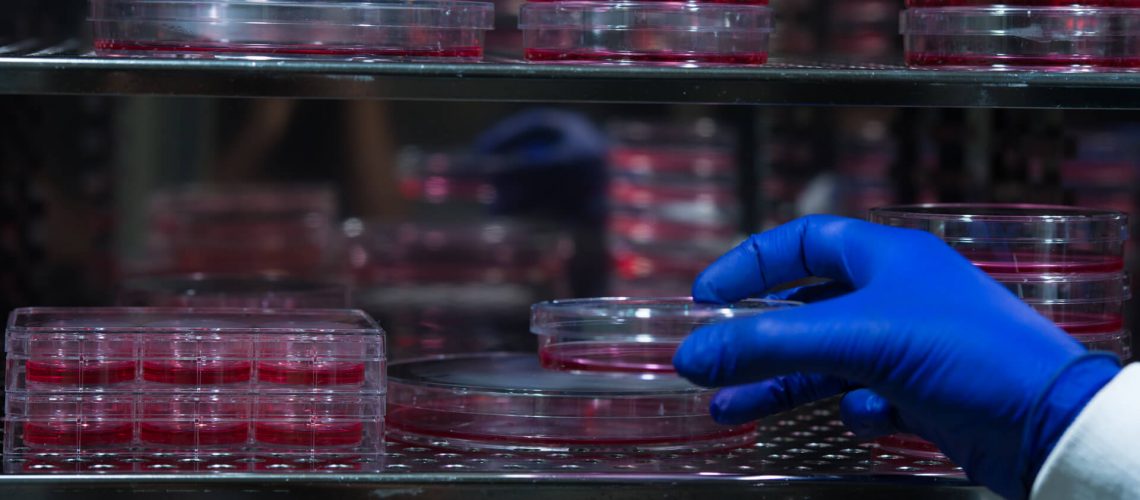German Institute of Human Nutrition
Principal Investigator: Tilman Grune
Research Team: Annett Braune, Annika Höhn, Tim Baldesperger
Prof. Grune is the Scientific Director of the German Institute of Human Nutrition and has been working on protein degradation of damaged proteins and aging.
Lipofuscin (LF) is a strongly oxidized material composed of covalently cross-linked proteins, lipids, and carbohydrates. Cellular LF increases with age and negatively correlates with the remaining life span of cells. Lipofuscin accumulation is especially pronounced in postmitotic cells (including cardiomyocytes and neurons) as these cells are unable to “dilute” their lipofuscin via cell division. LF by itself impairs cardiomyocyte function by declining its contractility. Importantly, no known mammalian enzyme degrades lipofuscin, therefore LF accumulates within the cell, mostly within the lysosomes.
Microorganisms, particularly bacteria, possess a wide array of enzymes that allow the degradation of any conceivable molecule formed in nature. The project, therefore, aims at identifying bacterial enzymes able to degrade LF. The project includes the following tasks:
- isolation of human LF and identification of its components,
- identification of microbial hydrolases able to degrade LF, and
- testing the effect of identified hydrolases and their products in living cardiomyocytes.
Research Highlights:
Prof. Grune has previously studied the role of lipofuscin in proteasomal inhibition in human cell culture models using artificial lipofuscin. Later, he worked with isolated lipofuscin from human retinal epithelial cells and described the effects of this material on microglial cells. After securing a reliable source of human hearts, the Grune team began isolating real tissue lipofuscin. They are presently working to analyze composition and quantify degradation of LF. In recent years, the team has also worked with “artificial” lipofuscin and shown in a preliminary experiment that degradation by bacterial enzymes is possible. Upgrades to primary human material will allow optimization of the process of identifying bacterial enzymes with the ability to degrade the material.



